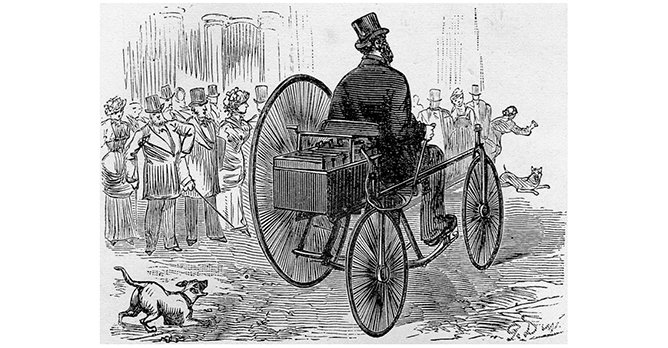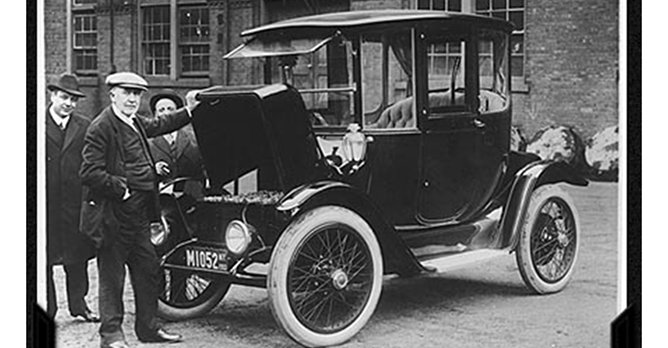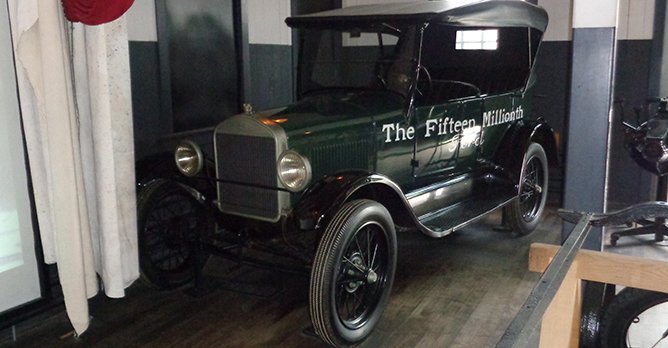The strange and surprisingly long history of electric cars
29 May 2020|1,240 views
Electrification is all the rage these days. Every car company is talking about it, some are making it the cornerstone of their strategy moving forward, and it is inarguably the buzzword of our automotive present.
However, Electric Vehicles (EVs) have a much deeper and more fascinating future than you'd imagine. You may think that electric cars are a fairly recent 'innovation', but that's actually far from the truth. No, electric cars were not invented by Tesla. No, electric cars aren't a 21st century, tree-hugger invention.
In fact, EVs existed before the first car was invented.
The advent of electrification
The fundamental difference between an EV and an Internal Combustion Engine (ICE) car is the mode of propulsion. Both apply the same fundamental principle - converting one form of energy into kinetic energy.
Hungarian physicist Ányos Jedlik is generally credited with inventing the first electric motor that consists of the three main components of a direct current motor - the stator, rotor and commutator. He fitted his electric motor to a model car, and there were a number of electricity-powered vehicles throughout the 19th century.
However, it is the development of batteries (and thus a form of energy storage) that led to the development of the first human-carrying EV (a tricycle).
Rise and fall of electric power
Hence, it's clear that electrification isn't a new concept. Electric cars had notable advantages over ICE cars. They did not have the vibration, smell, and noise associated with gasoline cars. They were simpler to operate, too. You did not need to hand crank to start the car, nor did you have to wait for the engine to warm up.
In fact, electric cars were a luxurious and premium mode of transport, often for the more well-heeled customers. But, why did electric cars seemingly just disappear? Well, the simple answer is technological advancement, and economics.
ICE over electric cars
The technological advancements of ICEs made electric motors less practical to use. One notable improvement is the development of an electric starter, which negated the laborious need to hand crank the motor to start an ICE.
ICE cars could also travel significantly faster and further than EVs, and this is important considering the changing transportation needs of drivers. With improving road networks, cars became a means of travelling long distances, rather than just within a town or city area.
And, as drivers aspired to travel longer distances, the limited range and speed of electric cars made them unpractical means of moving around. A 23km/h top speed, 80km range Baker Electric just isn't going to cut it.
So, while ICE technology was steadily developing and improving, progress on EV technology became increasingly stagnant.
However, the biggest driving factor in the rise of the ICE car is simple economics. Mass production and the launch of the Ford Model T made gasoline-powered cars more accessible, but also significantly cheaper to own - the Model T cost less than half of an electric roadster.
And, the increased discovery of crude oil globally made using gasoline-powered cars cheap and readily available. Thus, electric cars effectively fell by the wayside.
The return of electricity

However, the technology to make EVs a viable alternative to ICE cars still wasn't quite up to par. EVs had limited power and range - useful for something like the Lunar Rover, but not quite for getting from one city to another quickly.
The electric push
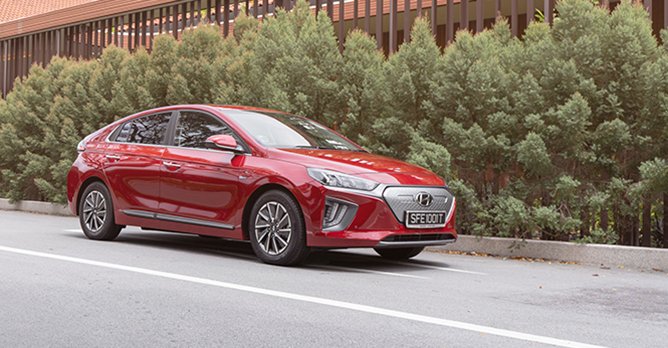
Now, we have EVs that significantly outperform ICE vehicles in terms of power and performance. Battery technology is still a limiting factor even today, but it has improved notably in the past century.
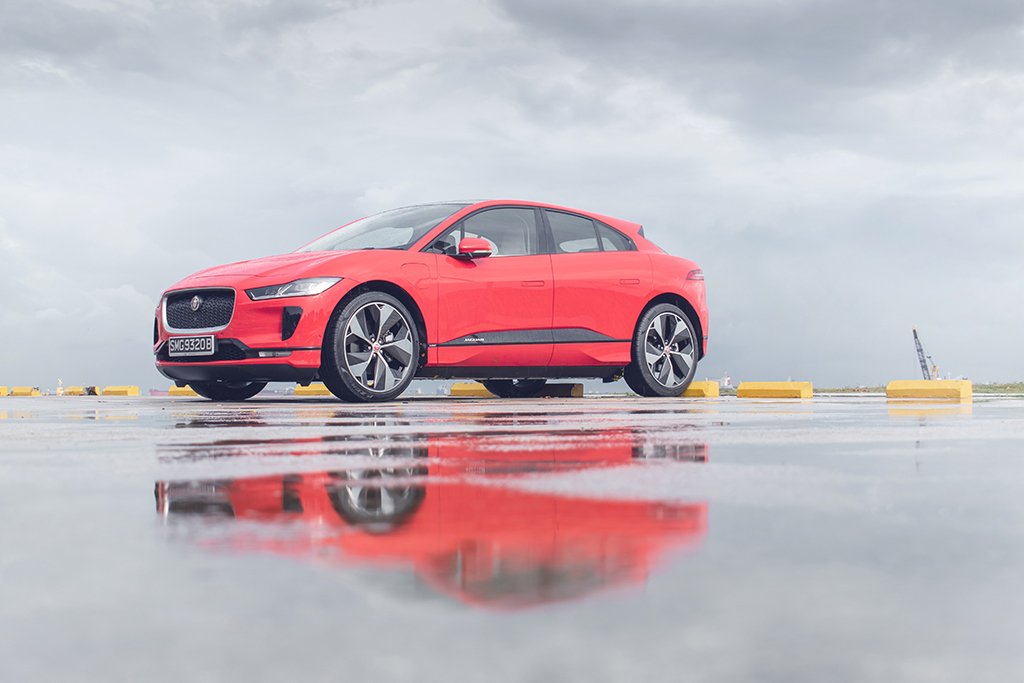
Legislation and regulations are also driving this electric push. As we see cities beginning to legislate the end of ICE car usage within specified areas, and with our own country already setting out to increase EV ownership, traditional ICE car usage appears to have an expiry date in sight.
Moving forward
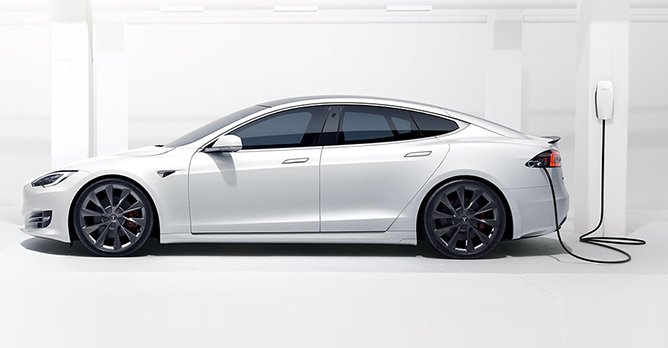
And, that's what we're seeing right now. More and more brands are developing new EVs, but at the same time are also promulgating a new means of getting around - transportation that exceeds the simple A-to-B movement that has become deeply ingrained in our collective minds.
Brands like BMW, Mercedes-Benz, Porsche and Tesla aren't just producing electric cars for us to move around. No, they are also helping to change our collective perspective about electrified mobility. It's not just about making electrification sensible, practical and feasible. It's about making it desirable, fashionable and aspirational.
The Model T helped society move away from horse drawn carriages and onto a new and better way of transportation. This electric revolution is going to be quite the same - bringing about a new and better way of getting around.
Electrification is all the rage these days. Every car company is talking about it, some are making it the cornerstone of their strategy moving forward, and it is inarguably the buzzword of our automotive present.
However, Electric Vehicles (EVs) have a much deeper and more fascinating future than you'd imagine. You may think that electric cars are a fairly recent 'innovation', but that's actually far from the truth. No, electric cars were not invented by Tesla. No, electric cars aren't a 21st century, tree-hugger invention.
In fact, EVs existed before the first car was invented.
The advent of electrification
The fundamental difference between an EV and an Internal Combustion Engine (ICE) car is the mode of propulsion. Both apply the same fundamental principle - converting one form of energy into kinetic energy.
Hungarian physicist Ányos Jedlik is generally credited with inventing the first electric motor that consists of the three main components of a direct current motor - the stator, rotor and commutator. He fitted his electric motor to a model car, and there were a number of electricity-powered vehicles throughout the 19th century.
However, it is the development of batteries (and thus a form of energy storage) that led to the development of the first human-carrying EV (a tricycle).
Rise and fall of electric power
Hence, it's clear that electrification isn't a new concept. Electric cars had notable advantages over ICE cars. They did not have the vibration, smell, and noise associated with gasoline cars. They were simpler to operate, too. You did not need to hand crank to start the car, nor did you have to wait for the engine to warm up.
In fact, electric cars were a luxurious and premium mode of transport, often for the more well-heeled customers. But, why did electric cars seemingly just disappear? Well, the simple answer is technological advancement, and economics.
ICE over electric cars
The technological advancements of ICEs made electric motors less practical to use. One notable improvement is the development of an electric starter, which negated the laborious need to hand crank the motor to start an ICE.
ICE cars could also travel significantly faster and further than EVs, and this is important considering the changing transportation needs of drivers. With improving road networks, cars became a means of travelling long distances, rather than just within a town or city area.
And, as drivers aspired to travel longer distances, the limited range and speed of electric cars made them unpractical means of moving around. A 23km/h top speed, 80km range Baker Electric just isn't going to cut it.
So, while ICE technology was steadily developing and improving, progress on EV technology became increasingly stagnant.
However, the biggest driving factor in the rise of the ICE car is simple economics. Mass production and the launch of the Ford Model T made gasoline-powered cars more accessible, but also significantly cheaper to own - the Model T cost less than half of an electric roadster.
And, the increased discovery of crude oil globally made using gasoline-powered cars cheap and readily available. Thus, electric cars effectively fell by the wayside.
The return of electricity

However, the technology to make EVs a viable alternative to ICE cars still wasn't quite up to par. EVs had limited power and range - useful for something like the Lunar Rover, but not quite for getting from one city to another quickly.
The electric push

Now, we have EVs that significantly outperform ICE vehicles in terms of power and performance. Battery technology is still a limiting factor even today, but it has improved notably in the past century.

Legislation and regulations are also driving this electric push. As we see cities beginning to legislate the end of ICE car usage within specified areas, and with our own country already setting out to increase EV ownership, traditional ICE car usage appears to have an expiry date in sight.
Moving forward

And, that's what we're seeing right now. More and more brands are developing new EVs, but at the same time are also promulgating a new means of getting around - transportation that exceeds the simple A-to-B movement that has become deeply ingrained in our collective minds.
Brands like BMW, Mercedes-Benz, Porsche and Tesla aren't just producing electric cars for us to move around. No, they are also helping to change our collective perspective about electrified mobility. It's not just about making electrification sensible, practical and feasible. It's about making it desirable, fashionable and aspirational.
The Model T helped society move away from horse drawn carriages and onto a new and better way of transportation. This electric revolution is going to be quite the same - bringing about a new and better way of getting around.
Thank You For Your Subscription.















